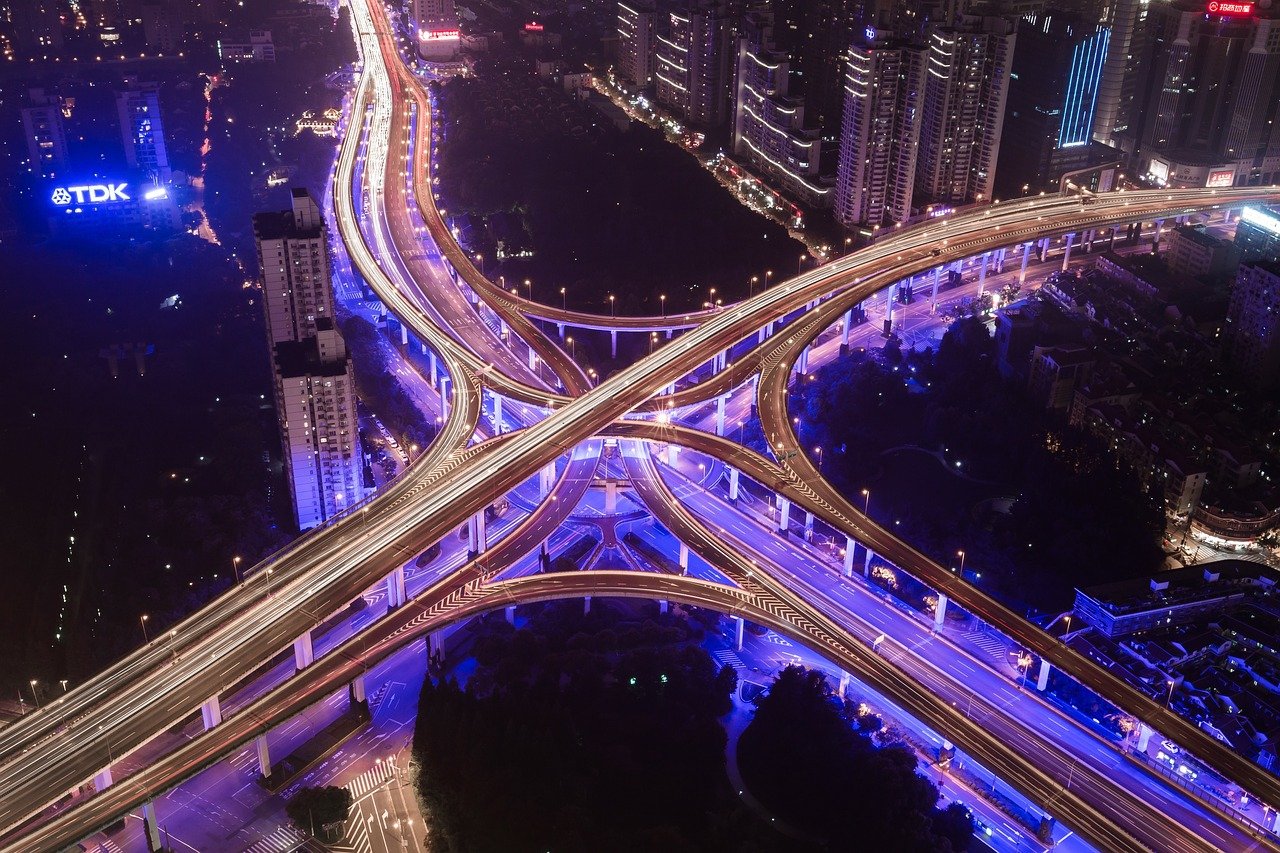G20 Policy Agenda to boost Infrastructure Maintenance

date: 04/10/2021
See also: Website
The Italian G20 Presidency showed boldness and leadership when it proposed that infrastructure maintenance be included among its priorities for 2021. The endorsed “G20 Policy Agenda on Infrastructure Maintenance” embraces the idea that there is much more to maintenance than just “the wide range of activities aimed at keeping the infrastructure/asset in a serviceable condition”. In a nutshell, the G20 calls for a shift in perspective: it invites to look at spending on infrastructure maintenance not just as the cost of keeping assets in good order, but rather as an investment yielding significant benefits both in the short and long-term.
Along with the above-mentioned Policy Agenda and accompanying reports, G20 members and observer countries collected examples of how they have achieved either project level benefits (e.g. cost efficiency, asset’s life extension) or positive impacts on the environment and the economic system as a whole. Below are just a few of the 45 initiatives presented in the “Annex of Infrastructure Maintenance Case Studies”.
Ensuring maintenance becomes a priority and is systematically addressed
Under the Italian G20 Presidency, the Infrastructure Working Group carried out a substantive effort to explain why and document how prioritizing infrastructure maintenance (and allocating adequate resources for it) can yield significant benefits in the short and long-term. Below are three fundamental messages that are worth highlighting:
- Embracing a long-term vision. “Life-cycle costing”, “risk preparedness”, “preventive maintenance”, and many other keywords surfacing from the maintenance debate ultimately have one thing in common: a long-term vision. Most of the cases mentioned above reveal a forward-looking approach to infrastructure design and management aimed at preserving the planet’s natural resources and meeting future generations’ needs.
- Envisioning a possible “re-branding” of maintenance.No one contends that prioritizing infrastructure resilience makes good political sense and spending on maintenance makes good business sense, yet action is still inadequate. Perhaps a “re-branding” of maintenance is needed to increase widespread awareness of its significance. Granting the deserved priority to caring for existing assets hinges on the availability of better and systematically collected data on infrastructure (e.g. assets’ location, status, risks, performance, impacts).
- Fostering coordination with local entities. In a workshop earlier this year, the Mayor of Freetown put it very clearly: “Cities are very often the recipients of issues, but they don’t necessarily have the mandate to address the root causes of problems” (e.g. the pressure on infrastructure systems of rapid urbanization is just the symptom of wider phenomenon of rural-urban migration). Of course, the optimal level at which infrastructure services are planned, regulated and delivered depends on many factors, but efforts should be made to reconcile the tension between an oversight that has to be strategically centralized, versus an attention to needs/opportunities/constraints that benefits from being localized.
There is a long road ahead to bring infrastructure maintenance up to adequate levels (in developed and emerging countries alike), but, hopefully, the work presented above has provided some robust reasons and inspiring examples to give infrastructure maintenance the prominence it deserves.
